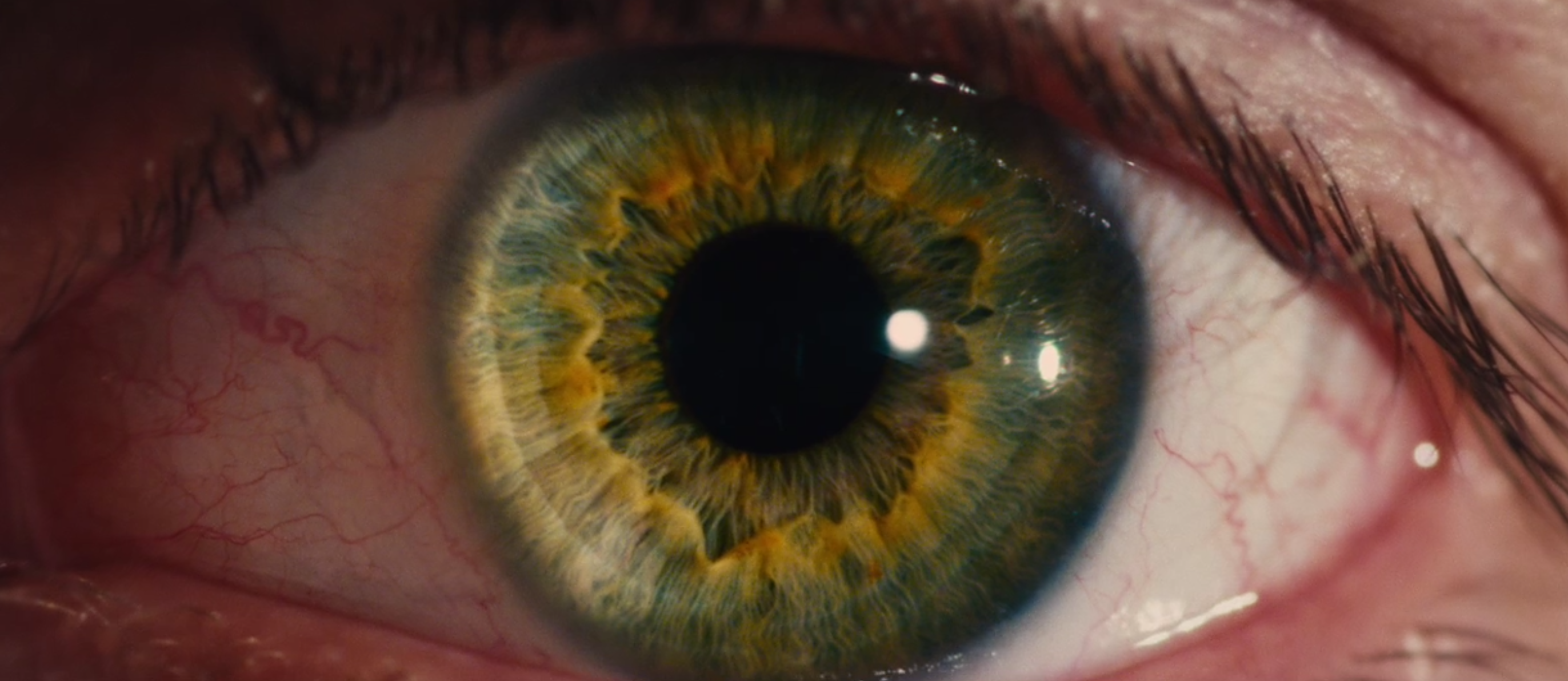Pterygium
Introduction
Pterygium is fairly common and affects people who have been exposed to a lot of sunlight, either through spending a lot of time outdoors or living in hot climates. Additionally, frequent exposure to wind or dust is a common cause for this condition. One or both (bilateral pterygium) of the eyes may be affected.
People with pterygium have a growth of pink, fleshy tissue on the white of the eye, which usually forms on the side of the eye closest to the nose. Pterygium usually continues to grow slowly throughout a person’s life, but it could also stop growing after a certain point and, in very rare cases, can continue to grow until it covers the pupil of the eye and interferes with vision.
Although, pterygium is not usually a serious condition, it can cause irritating symptoms such as the feeling of a foreign body in the eye.
Symptoms
Symptoms of pterygium may include:
- Redness and inflammation, particularly if the pterygium is growing
- Blurred or distorted vision, if the pterygium grows onto the cornea
- Burning
- Gritty feeling
- Itching
- Sensation of a foreign body in the eye
Sometimes a pterygium does not cause any symptoms other than its appearance.
Pterygium is diagnosed by examining the front part of your eye with a special microscope called a slit lamp.
Causes
Although it is not always clear what has caused a pterygium to develop, significant risk factors include:
- Prolonged exposure to ultraviolet light
- Irritants such as dust and wind
- Dry eye
Pterygium occurrence is much greater among people who live near the equator, but it also can develop in people who live in a sunny climate.
It is most commonly seen in young adults aged 20-40 and is more common in men than in women.
Pterygium can be preceded by a related non-cancerous condition called pinguecula, which is a yellowish patch or bump on the conjunctiva near the cornea. The conjunctiva is the thin, moist membrane on the surface of the eye.
Today’s techniques
A pterygium doesn’t usually require any treatment unless it’s blocking your vision or causing severe discomfort. If the pterygium is causing a lot of irritation or redness, your doctor might prescribe lubricating eye drops (artificial tears) or eye ointments that contain corticosteroids to reduce any inflammation.
Surgery
If there is persistent discomfort or interference with vision, the pterygium can be surgically removed during an outpatient procedure, under either local or general anaesthesia. The type of anaesthesia depends on the anticipated length of surgery, the size of the pterygium, the surgeon’s advice and the patient’s own preference.
Due to the inherent risk of any surgerical intervention, surgery is usually considered only if:
- More conservative treatments have failed
- The patient’s eyesight is at risk
- It is a recurrence of a more aggressive pterygium
The type of surgery most commonly used today involves a graft from the patient’s own eye tissue to fill the empty space created by the removal of the pterygium. In this procedure, the pterygium is removed and the conjunctiva or amniotic membrane is glued or stitched onto the affected area.
Pterygium surgery typically takes about 45 minutes and patients are usually able to go home on the day of the operation, with a check-up offered for the following day.
After surgery
For the first week after surgery, the eye treatment usually involves using eye drops or ointment at least every two hours. This often consists of an antibiotic such as chloramphenicol (drops or ointment) four times daily and an eye lubricant at least four times daily, in between using the antibiotic.
For the second week, as long as the eye surface is healing well, anti-inflammatory drops can be started and are usually continued, with the lubricants for at least two months, unless directed otherwise. The antibiotics are usually stopped two weeks after the operation. If you run out of drops, do not wait until your next appointment. Get a repeat prescription at once.
Precautions
The eye surface is vulnerable to infection until it is fully healed, so it is important to keep the eye clean and avoid contamination. Wash your hands before touching your eye, and do not touch the tips of dropper bottles or ointment tubes. Do not go swimming until you have been told it is safe to do so.
It is also important to take extra care to avoid accidental injuries. Avoid rubbing your eyes, do not engage in contact sports for at least a month, and wear eye protection for any hazardous activities such as using hammers or grinding tools or operating machinery. Avoid driving for at least 48 hours after the operation.
Surgery complications
The main complication of pterygium surgery is recurrence after removal. The chance of a recurrence after a first operation is between 5% and 17%. Surgical complications may also include corneal scarring and perforation. In some cases, surgical removal of a pterygium can cause astigmatism. Patients need to be carefully followed up for a year because most recurrences occur during the first 12 months after surgery.
Prevention
You may help prevent pterygium by wearing sunglasses every day, even on cloudy days. Choose sunglasses that block 99%-100% of both ultraviolet A (UVA) and ultraviolet B (UVB) radiation. Wraparound sunglasses provide the best protection against ultraviolet light, dust and wind. Experts also recommend wearing a hat with a brim to protect the eyes from ultraviolet light. To keep your eyes moist in dry conditions, apply artificial tears.
More information
Who is Pterygium surgery suitable for
What is the recovery time?
Book Your Consultation
Please book your consultation online by clicking the enquire now button below and filling in your details. Our team will get back to you as soon as possible.
